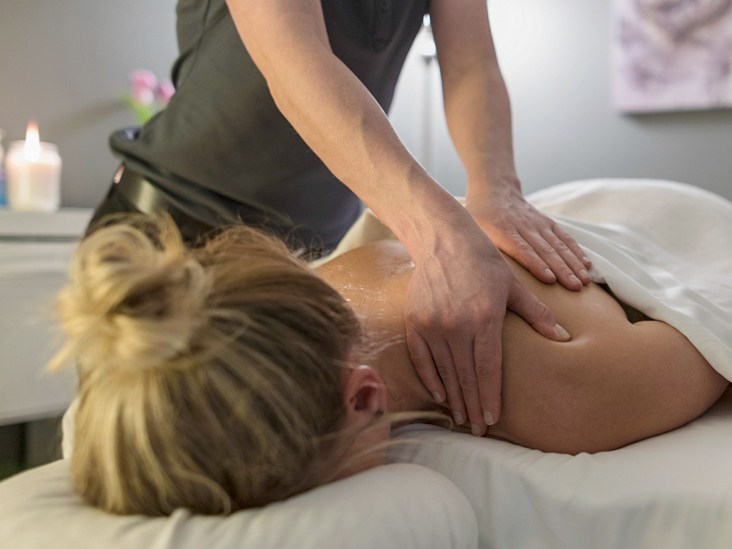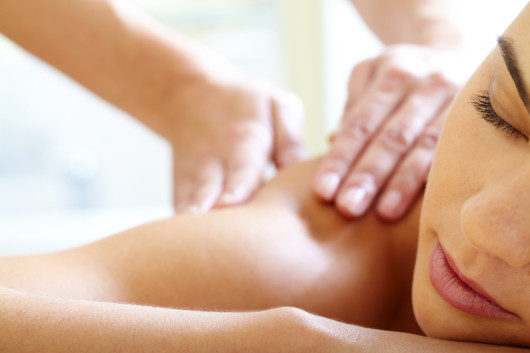Sports massage is not just for those who lead active sporting lives or who have suffered sports injuries, but it can help anyone improve both physical health and mental wellbeing. Sports remedial massage can affect what is known as a sympathetic or parasympathetic response to the individual body systems and afterwards clients experience the benefits. In order to understand how these improvements work, it is important to know what is involved in sports massage and the difference between this and other forms of massage.
What Is Sports Massage?
Sports massage involves the stretching, squeezing and pumping of soft tissue in order to improve better mobility of the tissues and give improvement in the flow of lymph, blood and other fluids. Whenever the body is put under some form of physical stress and tension due to training or exercise, it impacts on these soft tissue areas. Wounds or minor injuries that occur as the result of overuse or exertion can be treated efficiently and quickly using sports massage.
The aim of sports massage is to help recuperation from personal injury or training or used as a warmup and cool down technique just before and after competition or exercise. Sports massages tend to be tailored to the individual and the type of sport they undertake but therapists still have to have a thorough understanding of the human physical and skeletal systems. Remedial massages are designed to work on areas of tension in the body, either full or half body massage concentrating on finding and releasing knots that have built up in the soft tissues.
The techniques used during a sports massage includes soft tissue methods such as stretching, rubbing and compressions, cupping for stimulation of the circulatory system, as well as warm up and relaxation. Stiff and tight soft tissue areas of the body are worked on to allow permeability of the tissues. This means that essential fluids can pass through these areas more effectively and efficiently to allow them to do their job to the optimum level.
What Are the Psychological Effects?
One of the main effects of a sports remedial massage is to produce what is called a sympathetic effect. The brain, which is the body’s main control centre, will produce endorphins, the “feel good” chemical and adrenaline, the “energy” hormone, after experiencing a vigorous massage. When the body experiences a good work out, a run or brisk walk or any form of vigorous activity, endorphins are released into the blood stream and the person feels the benefit. This is what is known as the “natural high”. For some people who are not physically able to take part in sports or move around as easily, having a sports remedial massage can produce the same effect.
As well as this sympathetic response, the massage also releases tightness and tensions in the muscles in the body. A lot of stress and the way in which people work using computers, means that tension can be held in the neck and shoulder area and along the arms, and joints. A parasympathetic response to a sports massage is to release all these tense areas leaving the individual feeling less stressed and much more relaxed mentally. If the treatment is to help with a wound or sporting injury, the sports massage promotes quicker health allowing the individual to return to their hobby or sporting activity, which could have had an impact on their mental wellbeing. Their body can return to its previous level of condition and fitness (they may have put on weight due to an injury) and helps promote a good body image which is a positive sign of psychological health.
What Are the Physical Benefits?
As the sports remedial massage works on releasing tension in the soft tissues which have become tight, then greater overall flexibility is promoted, allowing free movement of joints attached to the muscle areas. The tissues go back to their natural supple movements as the stored pressure and stress are released. Being able to move, twist, turn and lift without restriction is a great physical benefit for the individual.
Circulation is improved as the blood carrying essential nutrients around the body, is once more able to flow without restriction. The tiny microscopic holes in the muscle sheath becomes restricted as tension and pressure are stored there. It makes the blood flow difficult and, as the circulatory system also removes waste products (such as lactic acid), stores up these unwanted fluids instead of removing them. With a sports massage restoring flexibility and permeability, waste products are removed, and blood and oxygen get to the areas that need restoration and repair a lot quicker.



